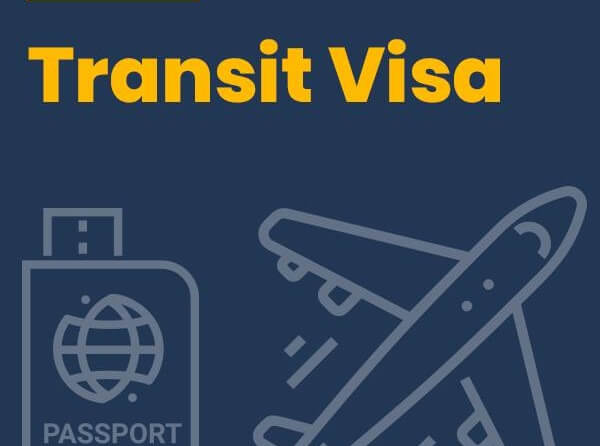India has a lot of different types of visa or travel permits, with some being much more difficult to get than others. This article will cover the different kinds of visas and the conditions that need to be met in order for someone to receive one.
What is an Indian Visa?
An Indian visa is a document issued by the Indian government that permits a foreigner to enter, remain in, or leave India. There are three types of Indian visas: tourist visas, business visas, and student visas. TYPES OF INDIAN VISA
tourists visas are for visitors who are visiting India for tourism purposes only and will not be working in India. These visas are valid for 30 days and must be applied for at the Indian embassy or consulate nearest you.
business visas are for foreigners who wish to work in India. These visas are valid for one year and must be applied for at the Indian embassy or consulate nearest you.
student visas are for students who wish to study in India. These visas are valid for six months and must be applied for at the Indian embassy or consulate nearest you.
Indians visa types
There are many types of Indian visas and each has its own specific requirements.
One of the most common types of Indian visas is the tourist visa. Tourists who want to visit India for less than six months can apply for a tourist visa online. The visa requirements vary depending on your nationality, but generally you will need a valid passport, a hotel reservation or confirmation letter from your hotel, proof of funds (at least 2,000 rupees), and health insurance. Tourist visas are valid for up to six months and can be extended once you arrive in India. INDIAN VISA TYPES
If you’re planning to stay in India for more than six months, you’ll need to apply for an Indian visa in person at a government office. Indian visas are issued based on your nationality and the type of visa you’re applying for. Indian visas can be for a stay of up to three years, but they are usually valid for one year. Indian visas must be used within 60 days of arrival in India and can’t be extended. Most Indian visas require you to show photo identification and proof of travel plans.
If you’re looking to work in India, you’ll need to apply for an Indian work visa. Work visas are issued based on your
Indian Visa Process
There are a few things you should know about the visa process for Indian nationals if you are planning on travelling to India.
There are two types of Indian visas: a visa on arrival and a visa through an embassy or consulate.
The visa on arrival is the easiest type of visa to obtain and requires only a passport photo and your passport information. Generally, you will be granted a 30-day visa on arrival. However, certain countries, such as Japan and Australia, have shorter wait times and don’t require a passport photo.
If you want to apply for a visa through an embassy or consulate, you will need to provide your full name, date of birth, passport number, country of origin, destination country (if different from your country of origin), return home address and contact information. You will also need to submit a letter of invitation from someone in your destination country. The application processing time can range from 6 to 12 weeks, so be sure to plan ahead.
Who should apply for an Indian Visa?
Indian Visa is the passport that allows a person to visit India. There are different types of Indian visas, each with its own requirements. The most common type of Indian visa is the tourist visa, which is good for tourists visiting India for less than six months. Other types of Indian visas include business visas, student visas, and employment visas. Each type of visa has its own specific requirements and benefits. To find out more about applying for an Indian visa, read our blog post Types of Indian Visa and Indian Visa Types.
Conclusion
After reading this article on the different types of Indian visa, you will have a better understanding of the various requirements that must be met in order to apply for an Indian visa. Knowing which type of Indian visa is right for you will make the application process much easier, and hopefully help to shorten your wait time. Thanks for reading!

